Parenting doesn’t come with a manual, but these books come pretty close. Whether you’re navigating toddler tantrums, teenage rebellion, or just trying to be the best version of yourself for your child, it helps to have expert guidance. The right parenting books offer more than just tips—they provide comfort, insight, and strategies you can actually use. And while no book can solve every problem, a great one can shift your perspective, improve your communication, and strengthen your connection with your child. These six must-read titles stand out for their warmth, practicality, and game-changing ideas about raising children.
1. How to Talk So Kids Will Listen & Listen So Kids Will Talk by Adele Faber and Elaine Mazlish
This classic guide has helped millions of parents communicate more effectively with their children. Using real-world examples and practical dialogue scripts, it teaches how to defuse conflict, encourage cooperation, and build mutual respect. The book doesn’t rely on punishments or rewards—it focuses on understanding feelings and setting clear expectations. Parents love its conversational tone, easy-to-digest format, and immediate results. It’s a great starting point for anyone who feels like they’re constantly repeating themselves or getting nowhere.
2. The Whole-Brain Child by Daniel J. Siegel and Tina Payne Bryson
Backed by neuroscience but written in a totally parent-friendly way, this book explains how a child’s brain develops and what that means for behavior. It breaks down why kids melt down, zone out, or struggle with impulse control—and how to respond in ways that actually help. The authors offer “12 revolutionary strategies” to nurture emotional intelligence and teach kids how to process their feelings. Illustrated guides and relatable examples make even the science stuff feel accessible. If you want to understand what’s going on behind the tantrum, this one’s a must-read.
3. Parenting with Love and Logic by Charles Fay and Foster Cline
This book is all about raising responsible kids without yelling, nagging, or lecturing. It teaches how to give kids choices within boundaries so they can learn from experience while still feeling supported. The “love and logic” method helps parents stay calm, avoid power struggles, and encourage problem-solving skills. It’s particularly helpful for parents who feel like discipline is an endless loop of punishment and frustration. This book delivers a mindset shift that turns everyday challenges into growth opportunities for both parent and child.
4. Simplicity Parenting by Kim John Payne
Modern life is busy, loud, and overwhelming for kids, and Simplicity Parenting shows how to gently slow things down. The book encourages families to reduce clutter, overscheduling, and screen time in favor of more meaningful rhythms and relationships. It’s not about being minimalist—it’s about creating space for connection, calm, and creativity. Payne makes a compelling case that less really is more when it comes to raising resilient, centered children. If your home feels chaotic or your kids seem stressed out, this book is a breath of fresh air.
5. Raising Good Humans by Hunter Clarke-Fields
This book combines mindfulness and practical parenting tools to help parents respond more intentionally rather than reactively. It teaches how to regulate emotions, communicate compassionately, and create respectful routines. Clarke-Fields focuses on breaking generational cycles of yelling and shame-based discipline. Her approach is especially valuable for parents trying to unlearn old habits while building new, healthier ones. This book is a powerful guide if you’re ready to stop snapping and start connecting.
6. No-Drama Discipline by Daniel J. Siegel and Tina Payne Bryson
Another gem from the authors of The Whole-Brain Child is that this book zooms in on discipline and why the old methods just don’t work the way we wish they did. It explains that discipline isn’t about punishment but teaching and building trust. The authors break down what’s happening in a child’s brain during misbehavior and how to respond in ways that build stronger relationships. With practical strategies and memorable illustrations, it helps turn discipline moments into teaching moments. This book is a game-changer for any parent struggling with how to set boundaries without losing their cool.
The Right Book Can Change the Way You Parent—And the Way You Feel
Parenting isn’t about having all the answers—it’s about being open to learning and growing right alongside your child. These six books each offer unique insights, gentle encouragement, and practical steps that can make your daily life easier and your parenting more intentional. Whether you’re looking for a fresh approach or just reassurance that you’re not alone, the right parenting book can feel like a conversation with a wise, understanding friend. Start with the one that speaks to your current struggle—you might be surprised at how much clarity it brings. After all, great parenting isn’t about being perfect—it’s about being present, informed, and always willing to grow.
Which parenting book has made the biggest difference in your life? Drop your recommendations in the comments—we’d love to grow this list!
Read More:
8 Controversial Parenting Books That Challenge Traditional Methods
These 5 Books Will Help You With Effective Communication With Your Kids
Catherine is a tech-savvy writer who has focused on the personal finance space for more than eight years. She has a Bachelor’s in Information Technology and enjoys showcasing how tech can simplify everyday personal finance tasks like budgeting, spending tracking, and planning for the future. Additionally, she’s explored the ins and outs of the world of side hustles and loves to share what she’s learned along the way. When she’s not working, you can find her relaxing at home in the Pacific Northwest with her two cats or enjoying a cup of coffee at her neighborhood cafe.
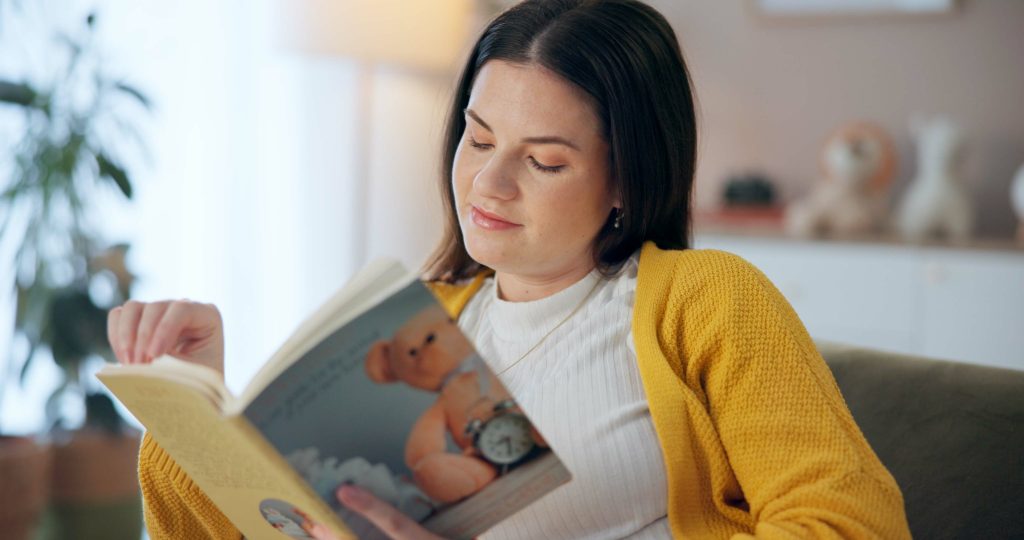
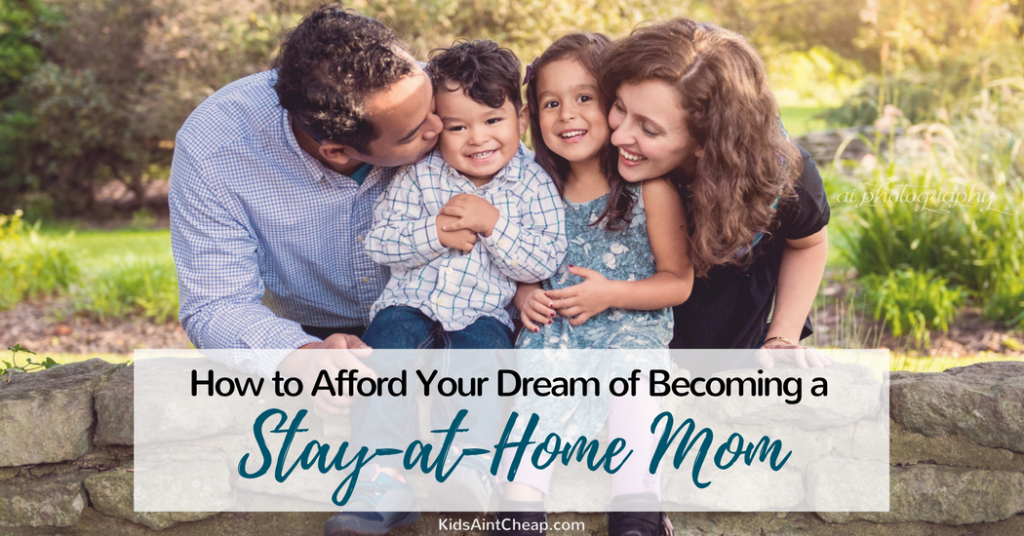 When I was pregnant with my first child, every day held excitement about the future. But I couldn’t quite shake the weight I felt on my shoulders when I thought about returning to work six weeks after her birth. I wanted so desperately to stay home, but simply couldn’t imagine how to afford being a stay-at-home mom.
When I was pregnant with my first child, every day held excitement about the future. But I couldn’t quite shake the weight I felt on my shoulders when I thought about returning to work six weeks after her birth. I wanted so desperately to stay home, but simply couldn’t imagine how to afford being a stay-at-home mom. 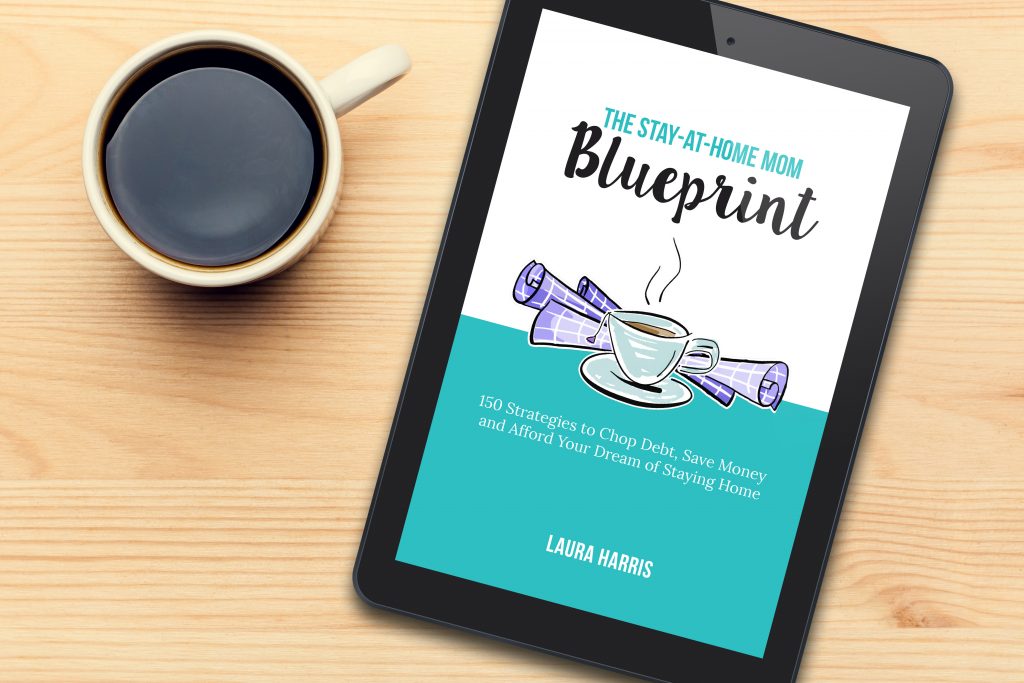


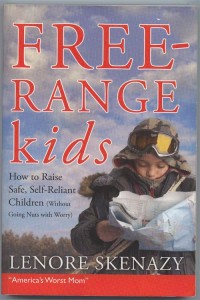 How would you feel about letting your child go to a neighborhood park to play on their own? Do you allow your children the freedom you had growing up? I think we would all like to do that – but realistically speaking – isn’t it too dangerous? Some people say — no. As I was doing research for my
How would you feel about letting your child go to a neighborhood park to play on their own? Do you allow your children the freedom you had growing up? I think we would all like to do that – but realistically speaking – isn’t it too dangerous? Some people say — no. As I was doing research for my 
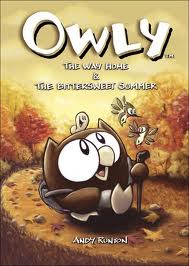 As I have mentioned in previous posts, I have loved and enjoyed comic books for most of my life. Most people that have never been truly exposed to the medium lump them all into one category, childish superhero fantasy. While I am a big fan of superhero comics and find most modern superhero comics to be anything but childish, the point of this review is to show you that the medium of comics can and does tell a wide variety of stories.
As I have mentioned in previous posts, I have loved and enjoyed comic books for most of my life. Most people that have never been truly exposed to the medium lump them all into one category, childish superhero fantasy. While I am a big fan of superhero comics and find most modern superhero comics to be anything but childish, the point of this review is to show you that the medium of comics can and does tell a wide variety of stories.